In Germany, the first sign of Christmas is usually in early September, when gingerbread and Spekulatius cookies start to show up in supermarkets.
Once the first Sunday of Advent arrives, the entire country is filled with festive cheer thanks to Christmas markets, radio holiday music, and twinkling fairy lights. German Christmas is filled with unique features and traditions, so let’s explore some of the most important ones.
Christmas is a Christian festival that commemorates the birth of Jesus Christ. However, in Germany, people with no specific religious beliefs also celebrate this festival. Last year, around 81 percent of the population in Germany celebrated Christmas. It is considered an important family tradition. Although fewer people attend church services during Christmas, the festival is still widely celebrated.
Christmas Day in Germany
In Germany, Christmas is celebrated over two days – the 25th and the 26th of December.
However, Christmas Eve on the 24th of December is also an important day that is divided into a busy morning and a festive evening. If Christmas Eve falls on a weekday, shops usually remain open until noon and tend to be crowded as people rush to buy their remaining presents or food for the festive meal.
The period of the First Christmas Day is known to Germans as ” Erster Feiertag, “which means the first day of celebration.
While presents are given out on Christmas Day, December 25th is a quiet day where families gather, good food is eaten, and people enjoy a well-deserved day off.
Who brings gifts varies by region in Germany. In the north, gifts are brought by a bearded grandfather known as Weinachstmann, while in the south of Germany, gifts are brought by the Christkind.
What do Germans eat at Christmas?
In the old Christian tradition, the period from St. Martin’s Day on December 11th until December 24th was a time of fasting. As a result, a simple dish is often served on Christmas Eve. Carp is a popular choice as fish was allowed to be eaten during fasting. Alternatively, potato salad with sausages is also a trendy dish. On Christmas’s first or second day, a plentiful meal is often served on a festively decorated table. A traditional Christmas dinner consists of roast goose with potato dumplings and red cabbage.
Nikolaustag – what sort of accompaniment does Nicholas have in Germany?
In Germany, people can’t wait for Christmas so much that they need another festival at the beginning of December!
On December 6th, they celebrate Nikolaustag (St. Nicholas Day). On this day, children receive sweets and little presents from St. Nikolaus, a generous, kind, and somewhat mysterious figure.
Children must be well-behaved and kind throughout the year to receive gifts or sweets from St. Nikolaus. Bad behavior is not rewarded. Two traditions are associated with St. Nikolaus bringing gifts and sweets. On the evening of December 5th, children clean and polish their shoes or boots and place them outside their front door, hoping that St. Nikolaus will fill them with sweets and goodies.
St. Nikolaus appears in many kindergartens on December 6th, dressed in red with a long white beard, his Bishop’s hat, crosier, and a golden book. He asks the children, “Have you been good kids?” or “Seid ihr denn auch brav gewesen?”
If the answer is “yes,” they receive rewards like sweets, clementines, apples, and nuts. Throughout November, children worry that St. Nikolaus will find out if they misbehave. If they do not tell the truth, St. Nikolaus will consult his golden book, and another figure, Knecht Ruprecht, will punish them for lying.
Knecht Ruprecht
Knecht Ruprecht accompanies St. Nikolaus dressed in black fur with a terrifying mask, loud chains and a staff! There are many stories about why he comes and why he is important, but these days he is often left out because he is quite frightening for small children.
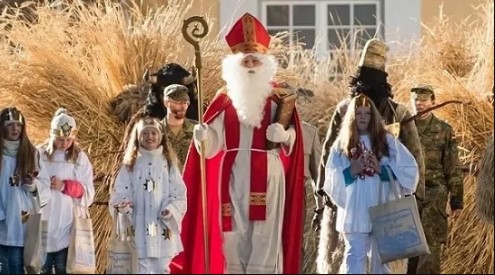
Christmas in Germany and Advent markets
Germany is famous for its Christmas markets, where all kinds of food and decorations are sold. Perhaps the most renowned German decorations are glass ornaments. Traditional wooden decorations such as the Nutcracker are also popular.
Several different types of advent calendars are part of the German Christmas. In addition to the traditional cardboard used in many countries, there are wreaths made of fir branches, on which hang 24 decorated boxes or bags. Each box or bag has a small gift inside.
The Advent wreath is part of the pre-Christmas celebrations in Germany. At the beginning of each Advent week, households light one Advent candle.
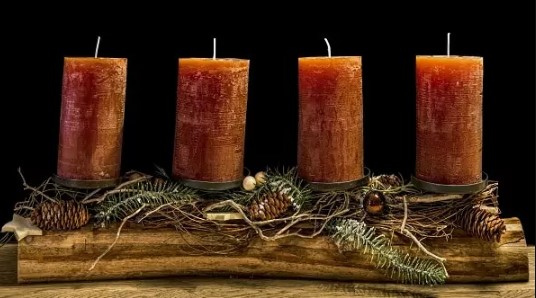
Are you interested in how Austria celebrates Christmas? Get inspired by our article and explore the Christmas holidays in Austria with us!
Discover similar tips
German Christmas traditions and customs – why is the Nutcracker popular?
Enter any German home at Christmas, and you will find a multitude of Christmas angels, i.e., Weihnachtsengel. One of the most popular Christmas decorations, angels are put on the tree or placed on furniture.
In some families, they are passed down from generation to generation and have special meanings such as hope, joy, love, togetherness, and peace.
Sternsigner, which translates to star singers, is when young children dress up as the Three Kings and go visit houses in their neighborhood with a star on a stick. They often sing carols to spread good cheer. It is based on the Catholic tradition and performed in some parts of Austria.
Ornamental nutcracker figures, commonly made to resemble soldiers, are a German Christmas tradition. According to German folklore, nutcrackers were given to the family for good luck. They are believed to watch over the family and keep evil spirits and danger away from the family.
If you want to treat yourself to a traditional German Christmas drink, try the Feuerzangenbowle. It is made from wine, rum, and sometimes fruit juice. It is similar to mulled wine but stronger.
Lebkuchen, also known as Pfefferkuchen, is a delicious honey-sweetened German cake with a tasty sugar topping. It dates back to the 14th century when Catholic monks used it. You can find it at Christmas markets, supermarkets, and bakeries across the country. It’s great with an afternoon cup of tea.
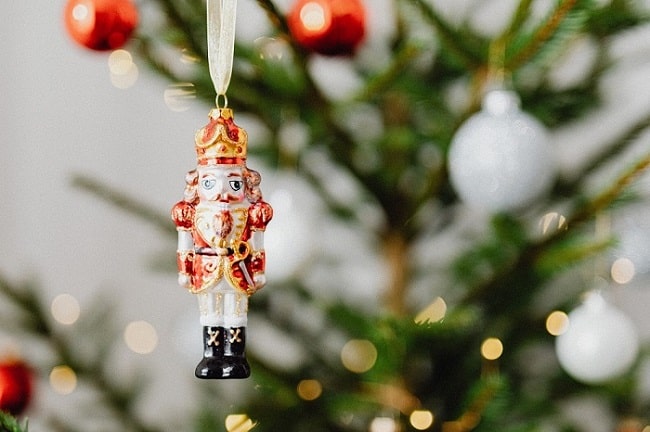
German Christmas carols – Silent Night and Oh Christmas Tree
Christmas carols are an integral part of Christmas in Germany. People in Germany traditionally sing carols in the run-up to Christmas in their local church or at home by the Christmas tree.
Stille Nacht, or Silent Night, is a popular song worldwide, but its roots come directly from the small Austrian village of Oberndorf. The story goes that on Christmas Day in 1818, a pastor named Joseph Mohr was trying to find a way to play music for the night services because a recent flood had destroyed his organ.
Interestingly, O Tannenbaum, translated as O fir tree, has nothing to do with Christmas. Composer and organist Ernst Anschütz decided to write a song that reflects the beauty and faithfulness of the standard fir. This occurred in 1824, but as people began to use the fir tree as a Christmas tradition, the song gradually became recognized as a holiday song.
What happened on December 25, 1914?
The Christmas Armistice, which took place on December 25, 1914, also points to the importance of Christmas for the Germans.
After 5 months of heavy fighting, near the Belgian town of Yrpy, Christmas carols began to be heard from the German trenches.
German soldiers left the trenches peacefully and called on their British enemies to celebrate Christmas together. They joined in with all the soldiers, exchanging small gifts and even competing in a few football matches.

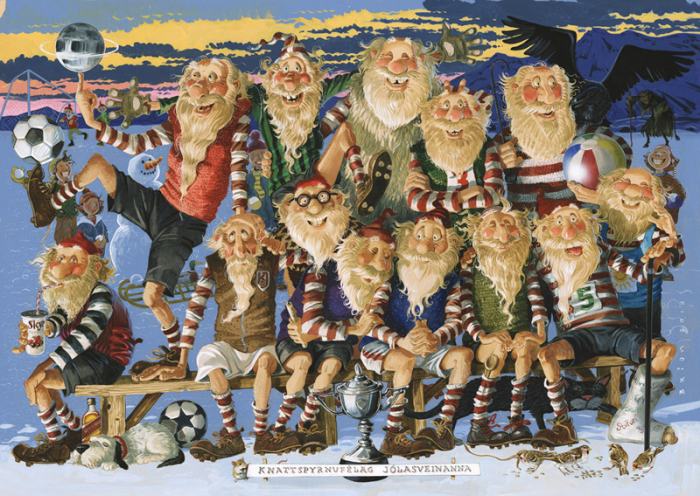
 Milan & Ondra
Milan & Ondra
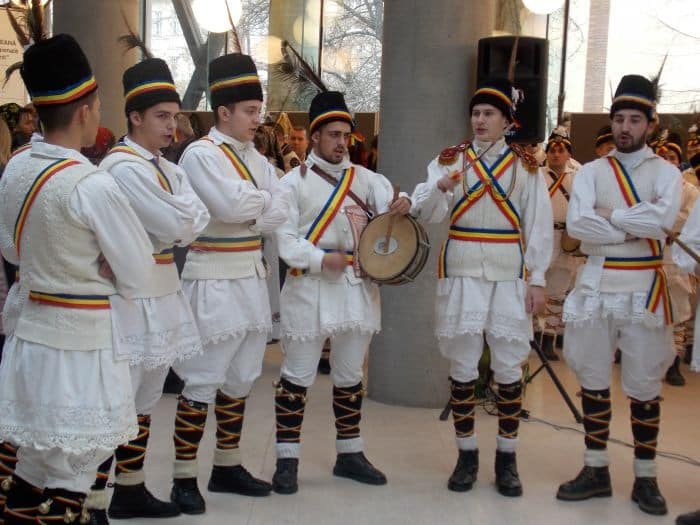


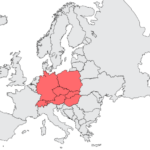 Central Europe
Central Europe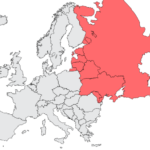 Eastern Europe
Eastern Europe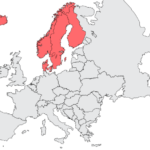 Northern Europe
Northern Europe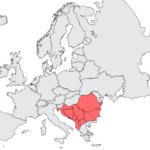 Southeast Europe
Southeast Europe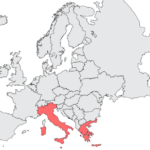 Southern Europe
Southern Europe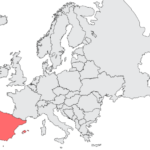 Southwestern Europe
Southwestern Europe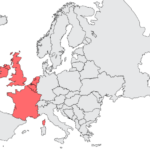 Western Europe
Western Europe